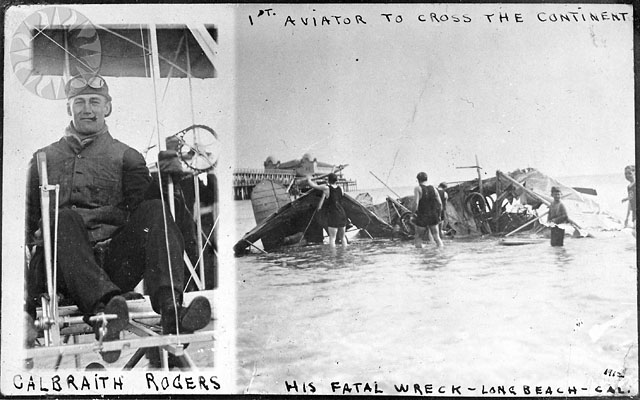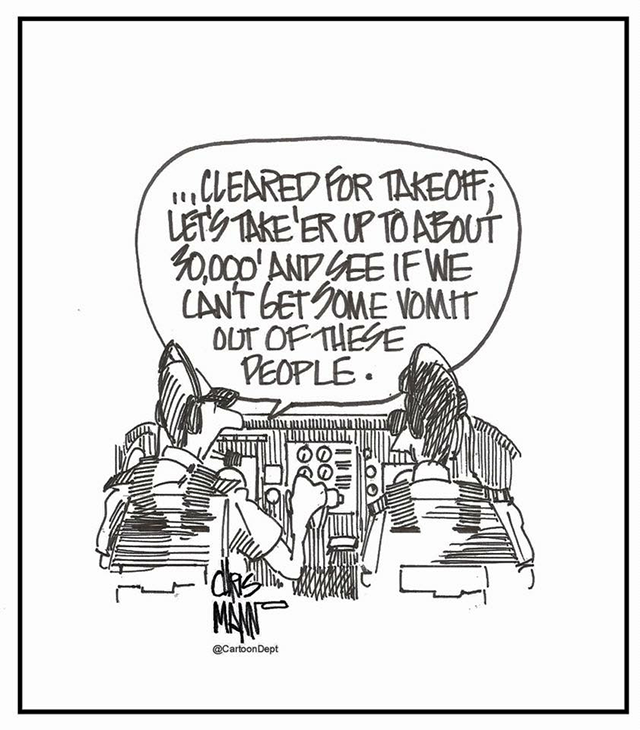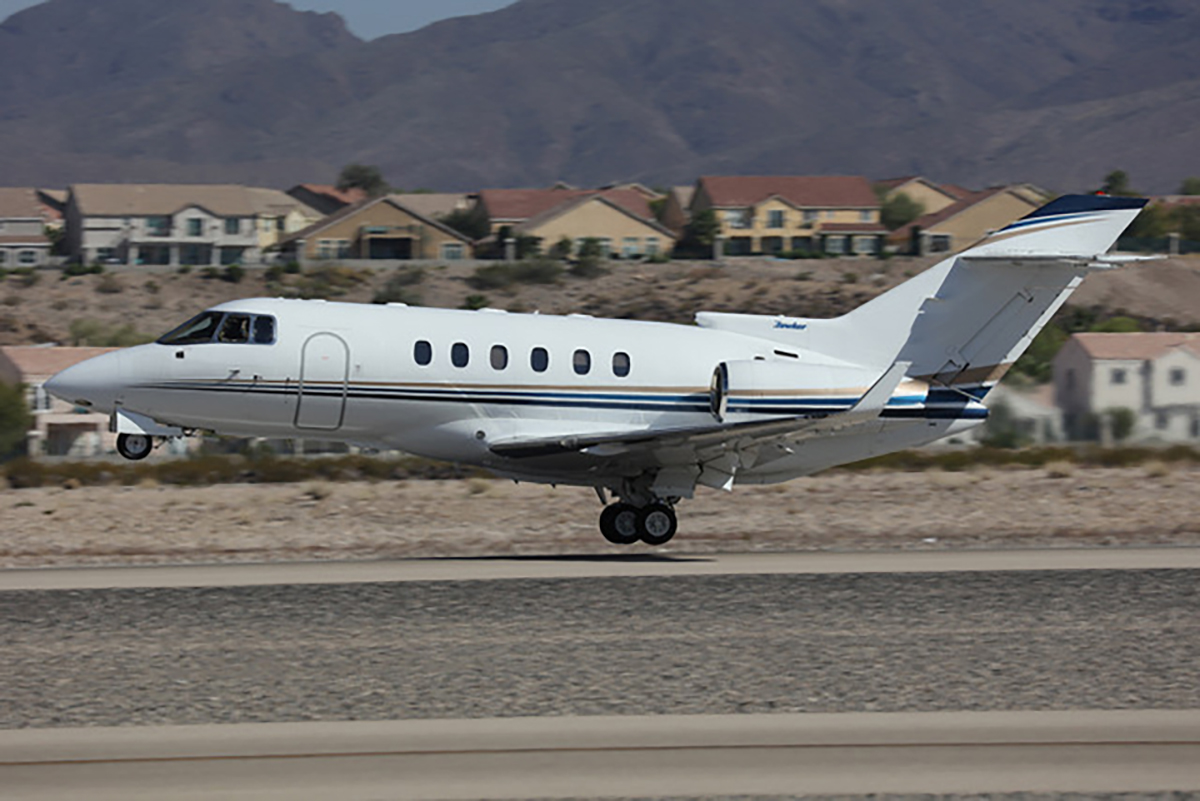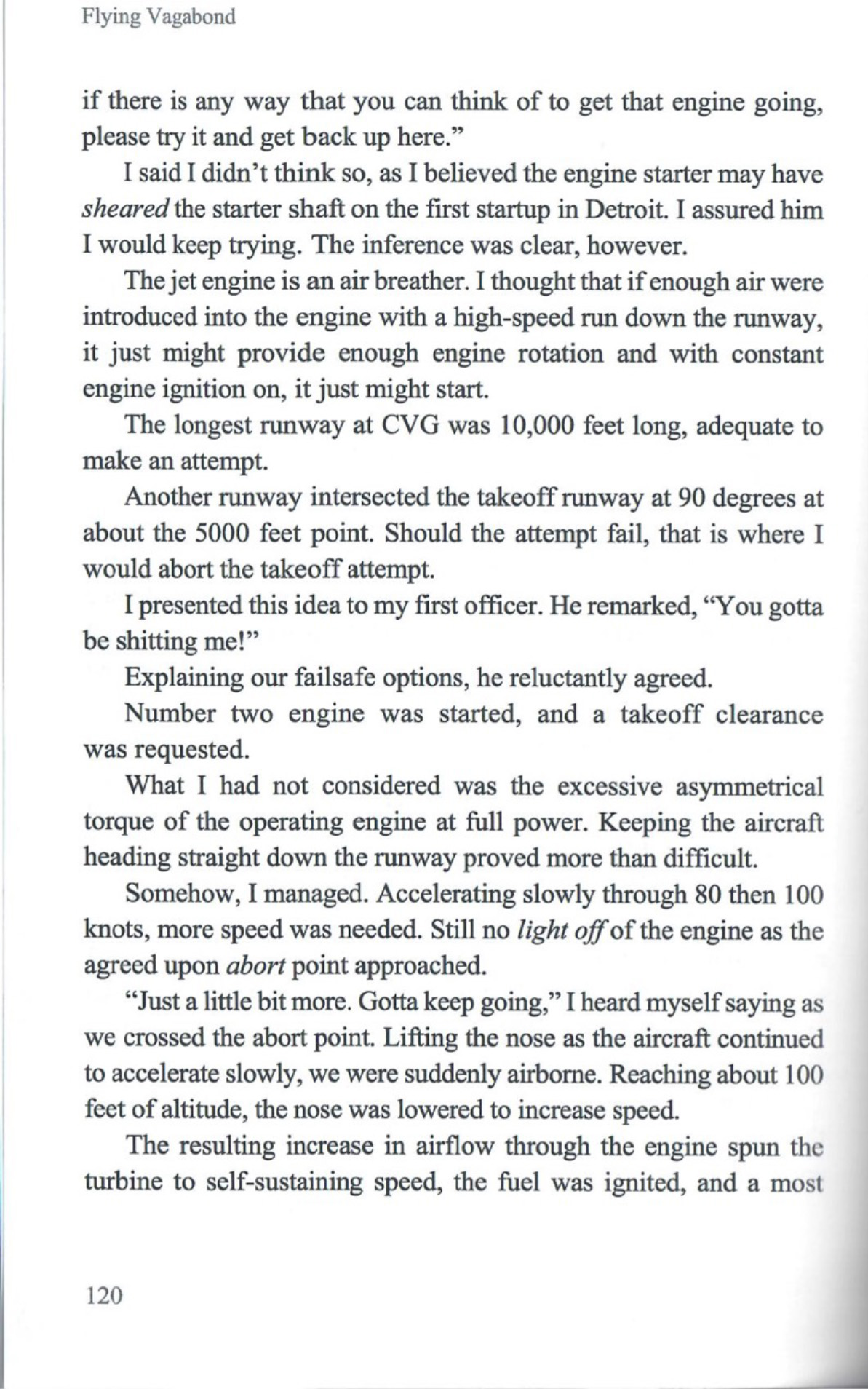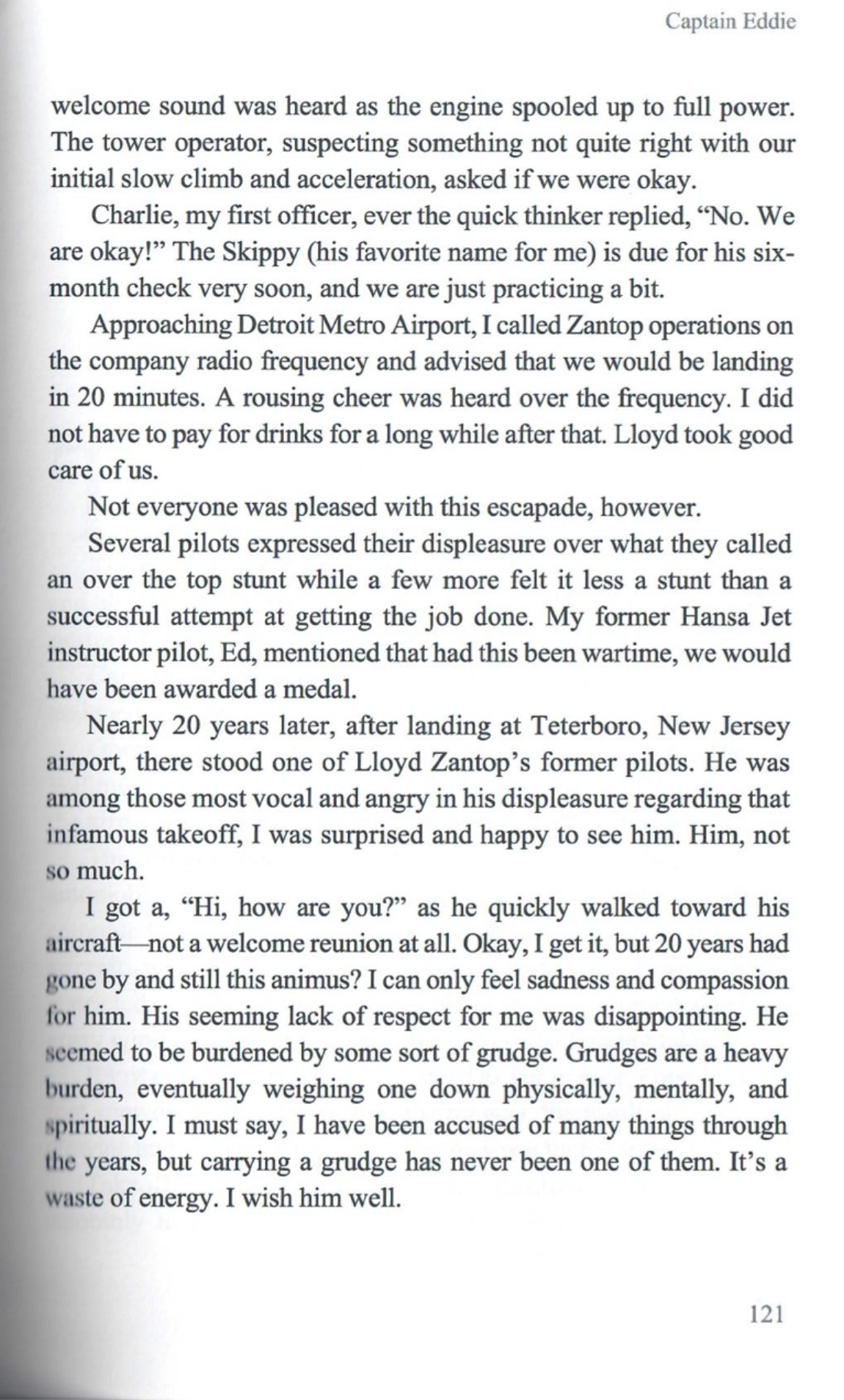What is the difference between "careless and reckless" and just plain incompetence? It is intent. An incompetent pilot lacks the knowledge, skill, and training to be good. The careless and reckless pilot intends to be bad.
— James Albright

Updated:
2020-11-12
Some acts of carelessness are premeditated and are in a category I like to call "should be banned for life" such that the pilot should be stripped of his or her license with no chance of getting it back.

1
A little history
Powered flight was still in its infancy by the time 1912 rolled around, but crowds around the world were treated to exciting air shows featuring aircraft from the Wright Brothers, Glen Curtis, and a growing number of competitors. Pilots tried to out do each other to amaze their audiences and therefore the box office draw. One of the best was Cal Rodgers, a holder of a few aviation firsts.
- Rodgers had become known for his reckless flying, ignoring friends who urged him to be more cautious. "The air is nothing to me now," he said to reporters. "I've conquered it. I have never been afraid when I go up."
- On April 3, before a crowd estimated at seven thousand, Rogers took off in his Wright B, "circling through the air over the city, performing thrilling manoeuvres," then engaged in a series of "Texas Tommy" figures, wild aerial gyrations [ . . . ] At one point, "Seeing a flock of seagulls disporting themselves among a great swarm of sardines just over the breakers, Rodgers turned and dived down into them, scattering the birds in all directions." The crowd cheered. "Highly elated with the outcome of his dive," Rodgers had gained altitude and headed out to sea when suddenly he went into a steep descent. Initially he relaxed his hands on the levers, as if he had gone into the dive intentionally, but he was then seen desperately trying to pull them back. The airplane did not respond and Rodgers "crashed into the surf and was crushed beneath the engine." He perished within moments. When there was no attempt to keep spectators away from the site, some swarmed over the wreckage fighting for souvenirs even before Rodgers had died. When he examined the remains of the airplane, Rodgers's mechanic, Frank Shafer, found "the body of a seagull tightly wedged between the tail and the rudder of his aeroplane." The gull had rendered the rudder immovable and snapped the control wire when Rodgers tried to pull out of the dive.
- In the wake of Rodgers's death, Walter Brookins assembled a group of aviators at the Hotel Manhattan in New York to found the "Safe and Sane" flyers' club. All members pledged not to attempt extreme stunts, particularly the Dip of Death. Brookins "pointed out that of the early airmen . . . the Wrights, Curtis, Grahame-White, and Paulhan, are still alive and happy, a group that took up aviation immediately after the pioneers who gained their fame has now become nearly extinct."
Source: Goldstone, pp. 324-330
The death toll continued that year:
- On June 17, 1912, during her first flight at an exhibition in Springfield, Illinois, Julia Clark flew into a tree and was killed instantly. She was the first American woman to die in a crash and aviation's 146th fatality.
- In the 1,369 days since Thomas Selfridge had been killed at Fort Myer, an aviator had died roughly every ten days.
Source: Goldstone, pp. 324-330
Two weeks later, on July 1, at a meet in Boston, Harriet Quimby was flying at about seven thousand feet when her aircraft pitched forward violently and ejected her and a passenger to their deaths.
- Blanche Stuart Scott provided the most apt testimonial. She had been circling the harbor at five hundred feet and witnessed the fall. Although distraught at the death of a friend and fellow pilot, when asked if Quimby's death would cause her to reconsider flying, Scott replied, "Certainly not." She added later, "All aviators get it sooner or later. If they stay in the game it is only a question of time before something goes wrong and they are killed. We all realize that. All aviators are fatalists; they realize that what is to be will be."
- André Haupert, who had taught Quimby to fly at the Moisant school, had a different take. "You ask me if aviation is safe. You take Sopwith and Grahame-White. They are not killed. But they do not go out in a machine if they are not certain of its soundness and they make no specialty of spectacular flights."
Source: Goldstone, pp. 324-330
2
By definition
- Aircraft operations for the purpose of air navigation. No person may operate an aircraft in a careless or reckless manner so as to endanger the life or property of another.
- Aircraft operations other than for the purpose of air navigation. No person may operate an aircraft, other than for the purpose of air navigation, on any part of the surface of an airport used by aircraft for air commerce (including areas used by those aircraft for receiving or discharging persons or cargo), in a careless or reckless manner so as to endanger the life or property of another.
Source: 14 CFR 91, ¶91.13
3
Careless and reckless and proud of it
An example or several
It isn't that carelessness and recklessness has gotten worse over the years. But it is easier to spot these days because careless and reckless pilots tend to be proud of their exploits and YouTube is such an easy thing to show off one's carelessness and recklessness. Here are just a few examples.
Public display of stupidity
G550 selfie
An audience of thousands
References
(Source material)
14 CFR 91, Title 14: Aeronautics and Space, General Operating and Flight Rules, Federal Aviation Administration, Department of Transportation
Goldstone, Lawrence, Birdmen: The Wright Brothers, Glenn Curtis, and the Battle to Control the Skies, Ballantine Books, New York, 2014.
